Each year the College of Engineering selects a cohort of current undergraduate students to serve as Student Ambassadors. They represent the College of Engineering by sharing their college experiences and “secrets of success” with prospective students and their families at recruitment and college tradition events such as the Engineering Kick-Off, fall Open House events, individualized college tours, and spring Welcome Days.
Meet the 2025-2026 Ambassadors
Arshaq Ahmed ’28
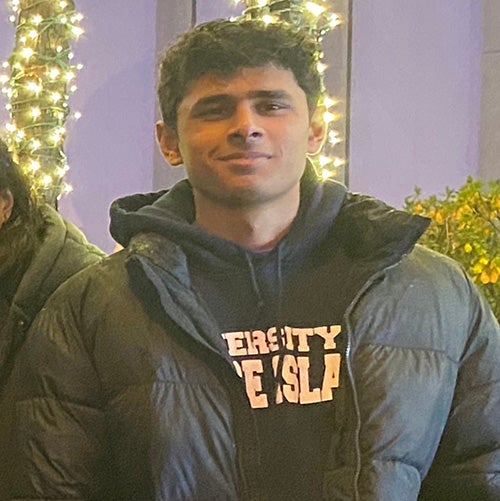
Biomedical Engineering
A piece of advice I have is that you shouldn’t be afraid to ask questions or seek help early. Whether it’s office hours with professors, study groups, or the Student Success Center, URI has a lot of options when it comes to getting help with your classes.
Student Involvements:
- URI Club Tennis
- Intramural Volleyball
- Intramural Soccer
Caitlynn Allenson ‘27
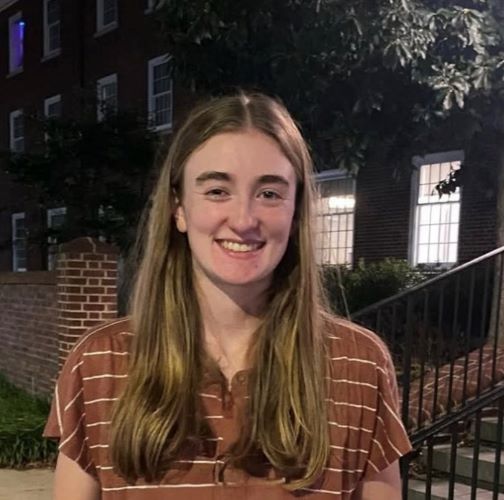
Civil Engineering
What I love most about being a student in the College of Engineering at URI is being part of the strong, supportive community shared between students and faculty.
Megan Angell ‘26

Biomedical Engineering
If you’re a prospective engineering student, my advice is to stay curious and open to challenges. It’s not always easy, but the tight knit engineering community guarantees that you’ll never face these difficulties alone.
Student Involvements:
- Greek Life
- Engineering in Medicine and Biology Society (EMBS)
- Research student in Dr. Poling-Skutvik’s lab
Jack Chaneski ‘28
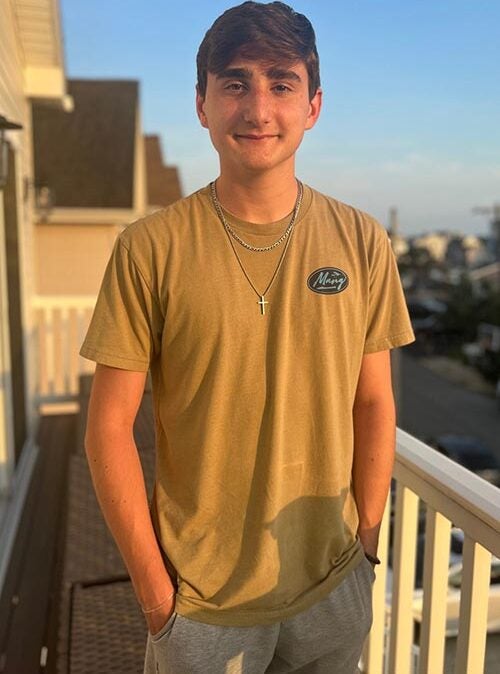
Ocean Engineering and Marine Biology
As a College of Engineering student, I love that there are many opportunities for research and learning outside of the classroom. Plus, I have made many great friends with similar interests, passions, and goals through the COE and the LLC.
Student Involvements:
- Theta Tau
- Engineers for a Sustainable World
- Marine Technology Society
- Marine Science Society
- Scuba Diving Club
Darian Clay ‘26
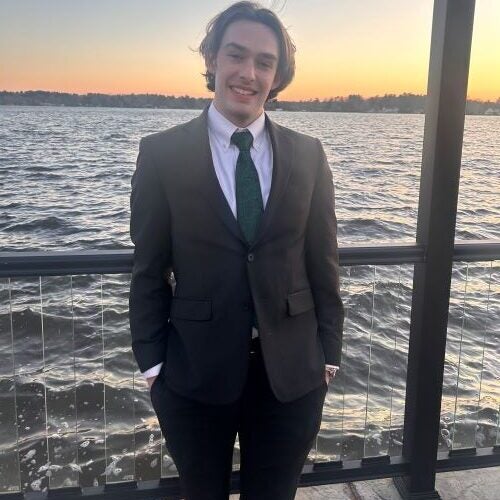
Mechanical Engineering
I love the research and organization opportunities available in URI’s College of Engineering! To incoming students: GET INVOLVED make the most of your time and take the risk of trying new experiences.
Student Involvements:
- Theta Tau Sigma Gamma
- Marine Technology Society
- Rowing Club
- Engineering Ambassadors
Mia Corradino ‘28
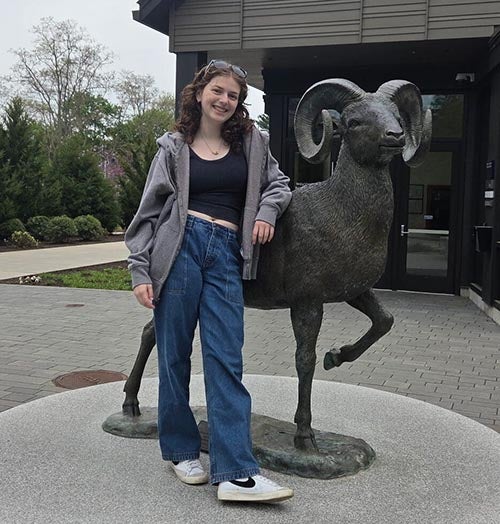
Mechanical Engineering and Spanish (IEP)
My favorite experience so far in URI Engineering has been working with other students on fun engineering projects like the cardboard boat! It’s so fun making new friends and working on something we all are passionate about.
Student Involvements:
- Ram Marching Band
- Society of Women Engineers
Aiden Ferreira ‘28
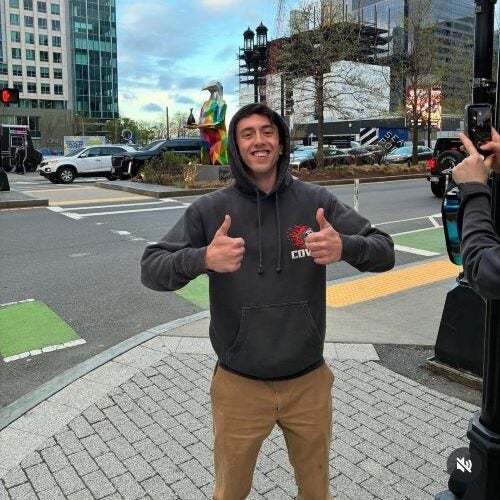
Mechanical Engineering and German (IEP)
There are so many amazing opportunities to take advantage of within the COE. The IEP program, student research opportunities, and clubs and organizations make the engineering experience here at URI all the more memorable. Take advantage of as much here as you can!
Student Involvements:
- Theta Tau
- Sailing Club
- Undergraduate Research with Dr.Ryan Poling-Skutvik
Andrew Fricano ‘27
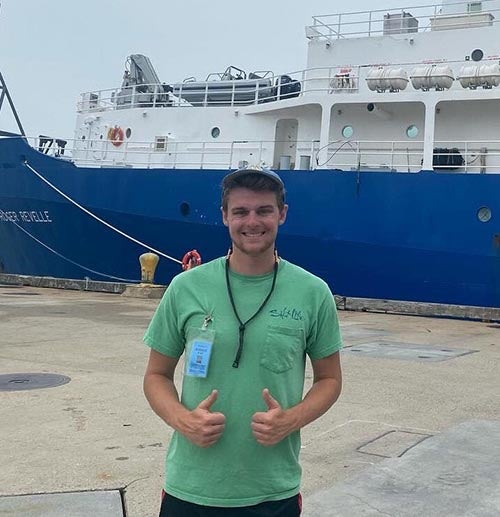
Ocean Engineering
One piece of advice: Go to the AEC for tutoring!
Student Involvements:
- Undergrad Research
- Math and Physics tutor
Abby Hollingworth ‘26

Biomedical Engineering, Minor in Mathematics
A piece of advice I would give a prospective engineering student would be to not shy away from asking for extra help or assistance. There are so many amazing resources here from faculty, peers, and tutoring to take advantage of.
Student Involvements:
- Recruitment Chair for the Women in Engineering Mentorship Program
- Engineering Student Ambassador
- Undergraduate Research Assistant for the Biomechanics and Wearables Laboratory under Dr. Ryan Chapman.
Mikaylee Lemanski ‘27

Ocean Engineering
What I love most about being in the College of Engineering at URI is the hands on experience. Whether it’s testing designs in the wave tank or working on research, you get to apply what you are learning to real life scenarios.
Student Involvements:
- Vice Chair of the Marine Technology Society
- Vice Regent of Theta Tau
Abigail Lyon ‘29
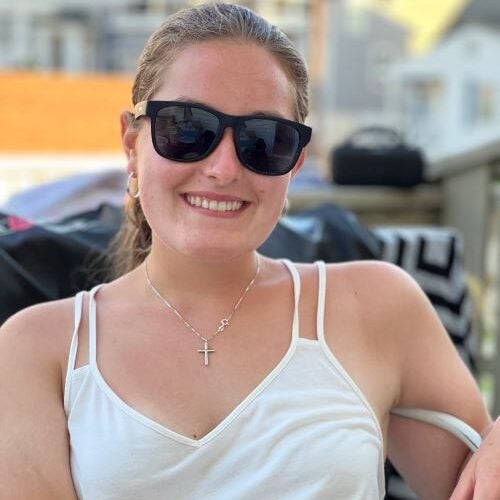
Biomedical Engineering and Spanish (IEP)
Singing up and going to your first engineering class at URI may seem daunting, but don’t worry because the staff and your fellow students are willing to help you achieve all you can be.
Student Involvements:
- Sailing
- Theta Tau
Susanna Majkut ‘26

Ocean Engineering
URI’s Engineering program has opened the door to so many amazing opportunities. I’ve had the privilege of attending two research cruises during my time at URI, and they have been life changing!
Student Involvements:
- ANCHOR Fellow
- Research
Charlie Mather ‘29
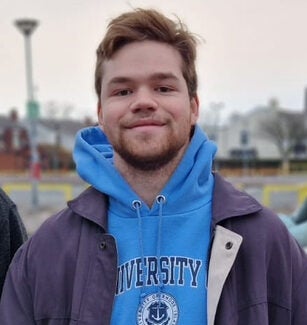
Mechanical Engineering and French
My favorite experience so far in URI Engineering has to be the cardboard boat race that we did at the start of Freshman year. It was a great opportunity to work as a team, meet new people, and showcase our creativity.
Student Involvements:
- International Engineering Program
- Sigma Alpha Mu Fraternity
- American Society of Mechanical Engineers (ASME)
Lyneth Mendoza‘26

Computer Engineering, Electrical Engineering, and Applied Math
Being an Engineering Ambassador has let me be an example for students who may not always see themselves in engineering. I love showing them they do belong here, while also building community and growing through shared experiences.
Student Involvements:
- SHPE
- WEM
- SWE
- IEEE
Kitara Pottebaum‘27
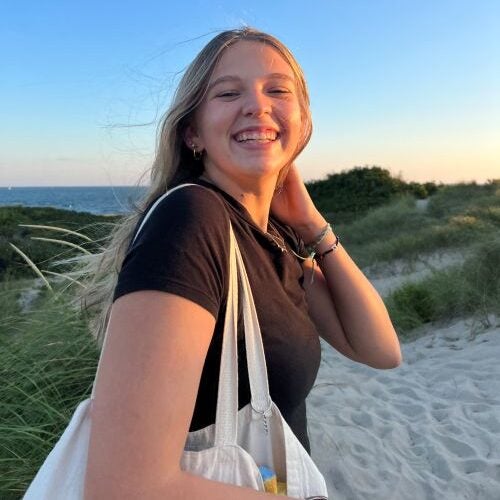
Ocean Engineering
My biggest advice is to get involved. Don’t be afraid to ask questions and meet new people. Attending office hours or joining a club can be incredibly beneficial. Most importantly, make time for yourself and what you enjoy!
Student Involvements:
- Marine Technology Society
- Engineers Without Borders
- COE Connect Mentor
- Research Student in Dr. Chang’s Lab
Hamzeh Tanbakji ‘27
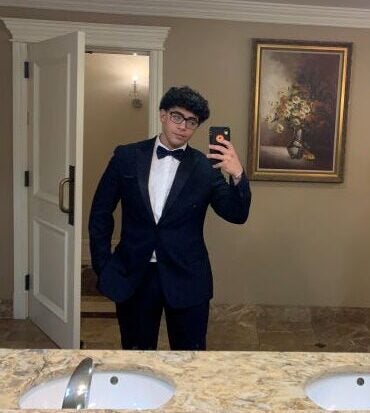
Mechanical Engineering
I would have to say that the thing I love most about being a student in the COE at URI would definitely be the passion, teamwork, and intelligent conversations you share with peers and faculty that you get the pleasure of networking with, and this in turn helps to set up a successful future career path for yourself.
Student Involvements:
- COE Researcher
- COE Ambassador
- URI PowerLifting Team
- MSA
- URI Rhody Racing
- Intramural Volleyball
Nora O’Connor ‘28
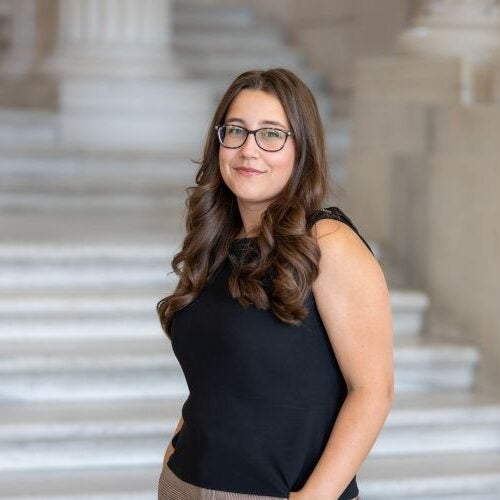
Civil Engineering and Political Science
Trust the process and know that you belong in the engineering program. Engineering is a hard major but along the way you find the things that make it all worth it.
Student Involvements:
- Theta Tau
- Engineering Fraternity
- URI College Democrats
Abigail Tadamala ‘26
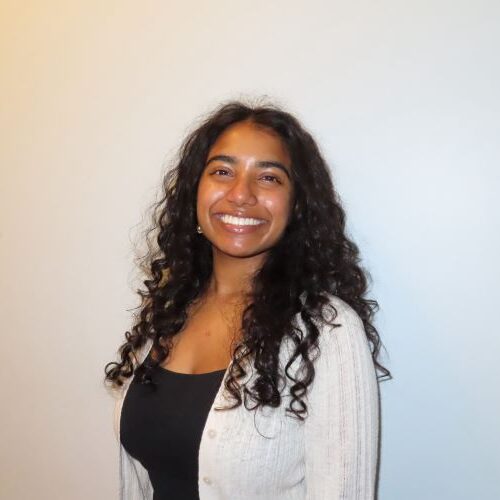
Electrical Engineering, Minors in Mathematics and Robotics
The thing I love most about being a student in the College of Engineering at URI is the community. From the beginning to now, that community has only grown stronger. Everyone is going through the same rigorous course load, so there is a lot of support all around you.
Student Involvements:
- SWE – former outreach chair and historian
- PINK women
Savanna June Sheffield ‘26

Chemical Engineering
My favorite experience has been conducting drug delivery research in the Particle Engineering Lab and mentoring peers through Theta Tau workshops. Combining hands-on research with peer leadership has helped me grow both technically and professionally.
Student Involvements:
- Theta Tau (Scribe),
- Tau Beta Pi (President)
Jacob Spence ‘28
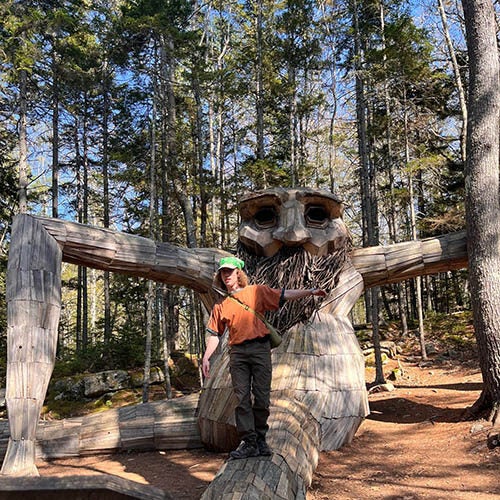
Mechanical Engineering
I love the community inside the college of engineering. All of the people I have had the privilege of meeting are helpful and wonderful. Also free printing.
Student Involvements:
- Theta Tau
- Lego Club
- ASME
Jack Stadtman ‘26

Mechanical Engineering
Engineering at URI allows you to go from in-class work to hands-on lab research almost immediately. You have access to multi-million dollar facilities and resources in the same building you have class in.
Student Involvements:
- DPML Lab
- URI Submarine simulator
Nicole Stone ‘26

Biomedical Engineering
Try your best to meet other in your major. Engineering can get tough, but your classmates can make it better.
Student Involvements:
- Women in Engineering Mentor Program
- COE Student Ambassador
- Alpha Xi Delta
